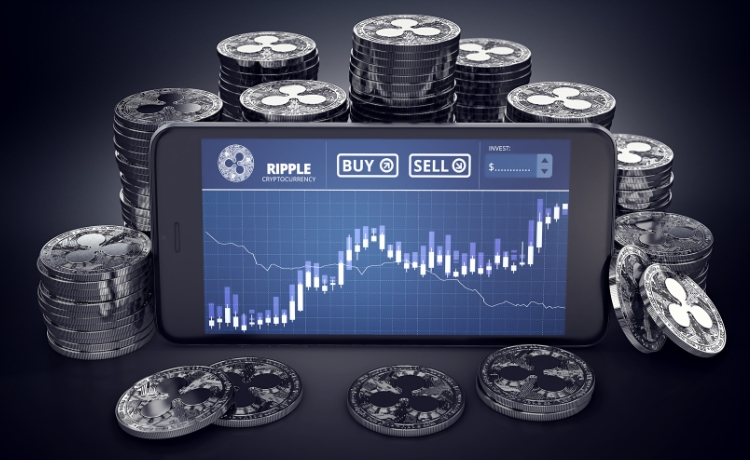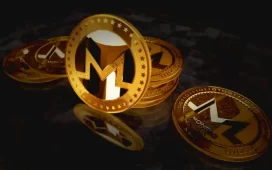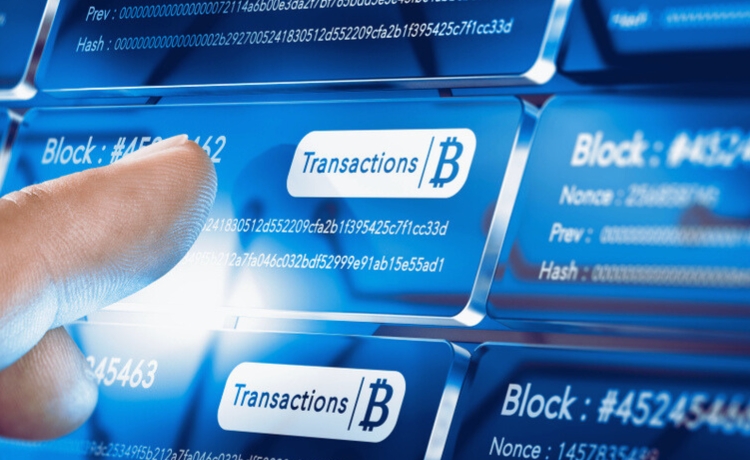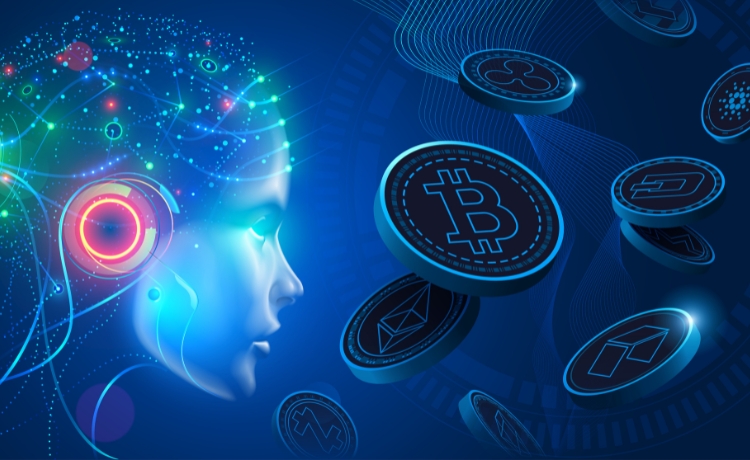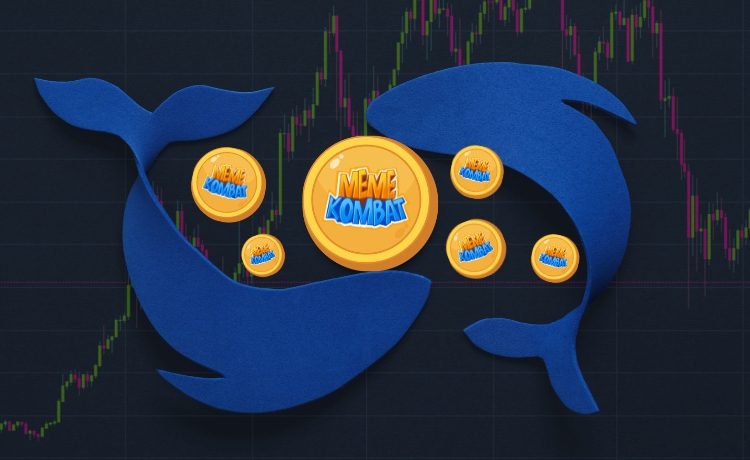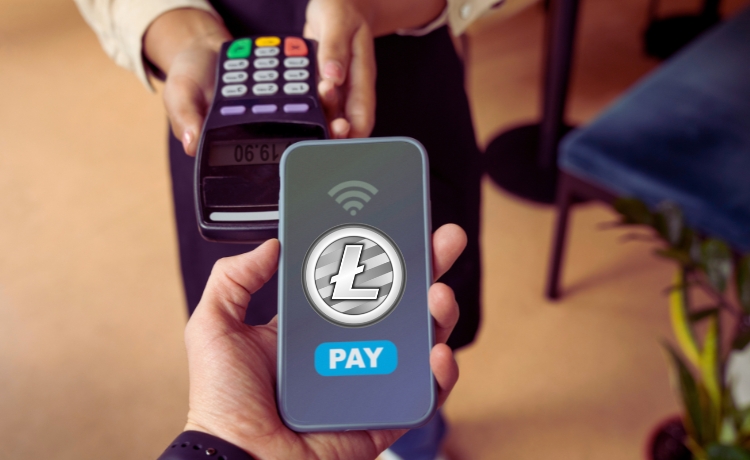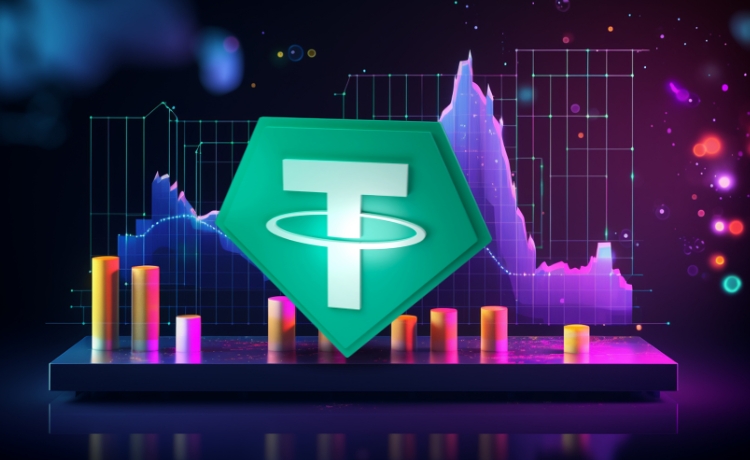Ripple is a currency exchange network and a payment settlement system that can easily manage rapid transactions worldwide. It was developed to be a successor to the leading financial transfer network, SWIFT, and replace the existing settlement layer between giant financial institutions. The ability of the Ripple network to confirm a successful transaction makes the system a reliable and trustworthy intermediary between the parties involved in a transaction.
Users on the Ripple network can make transactions in the platform’s native crypto, XRP. However, they may have to pay a modest fee for XRP tokens. XRP uses a consensus mechanism to confirm transactions on the Ripple network. Ripple is, therefore, an efficient distributed ledger and technology that was introduced to replace the inefficient SWIFT payment system by providing a faster, more affordable, and efficient payment network.
The Role of XRP in the Crypto Ecosystem
People are often confused between the Ripple ecosystem and the XRP token. The two entities are distinctive. While Ripple is a network of payment used by financial institutions to settle remittance and cross-border payments and allow the exchange of Fiat and virtual currencies, XRP is the currency or the Ripple asset used to make transactions on the Ripple network.
XRP provides deep liquidity by functioning as a bridge between different currencies. Ripple’s XRP is both a currency and security. The role of XRP as a currency can be compared to the role of US dollars in the international market. However, XRP as a security can be a bit controversial as the Securities and Exchange Commission in the US has questioned the role of XRP as a security offering since Ripple Labs executives were accused of manipulating XRP prices by speeding up or slowing down sales. However, in 2023, a summary judgment was issued by a judge that declared that when XRP is sold on exchanges in transactions, it will not be considered as security.
How is XRP Revolutionizing Cross-Border Payments?
Ripple Labs, a US-based tech company, developed a blockchain infrastructure for Ripple in 2012. The resulting network, RippleNet, was developed to provide financial institutions with a more streamlined and cost-effective option for delivering cross-border transactions. It is an alternative to SWIFT and aims to speed up and transform cross-border transactions using blockchain technology. RippleNet allows end-to-end transaction processes by eliminating multiple layers required for SWIFT to function. Thereby, RippleNet can provide near-instant and transparent settlements.
In 2019, the Ripple network unified three products offered by RippleNet (xCurrent, xRapid, and xVia) to expand XRP usage. The crypto token offers a unique approach to moving funds across borders through efficiency and speed and the concept of Bridge currency. It is remarkable for its efficiency and speed, settling cross-border transactions within seconds. This is possible due to the Ripple Protocol Consensus Algorithm that allows rapid validation of transactions without depending on any energy-intensive mining process.
XRP’s Impact on Various Industries
XRP benefits every traditional sector, from healthcare and finance to gambling and betting. In the gaming industry, online Ripple casino sites have witnessed notable success stories where players enjoy secure and seamless payment solutions that enhance the overall gaming experience. The impact of XRP demonstrates the power of the cryptocurrency as well as the entire XRP to drive adoption and innovation across various traditional industries.
The Future of XRP and the Ripple Effect
As the Ripple community continues to grow and evolve, the crypto faces massive opportunities and challenges. With extremely low fees and high transaction speed, XRP has immense potential to revolutionize industries, including cross-border payments, supply chain management, and remittances. The measures and policies of the Ripple network aim to focus more on financial institutions and the financial industry for businesses instead of retail customers.
It has developed streamlined virtual asset management to leverage dashboards for trading and managing the new world of cryptocurrencies with traditional local fiat currency. The crypto is expected to expand its functions to the Metaverse and NFTs and facilitate integration with other platforms. However, in light of the current and future projects of Ripple, much of the success in the adoption of the network depends on the result of the SEC verdict.
Final Thought
Although Ripple is revolutionizing the world of payment systems, there is never a guarantee that XRP investment is suitable or safe for making money since XRP’s entire crypto market is highly volatile. Moreover, despite the primary goal of disrupting international remittances and payments, Ripple has not yet entered mainstream use. There are issues within the SEC regarding XRP as a security, which has slowed its success and adoption as a digital currency.
Additionally, many crypto exchanges have stopped or restricted XRP trading after the SEC lawsuit. Moreover, the decentralization of XRP requires the network to be more open to censorship, where only a few entities will be allowed to control it and block transactions if needed. However, those who prefer efficiency over centralization may prefer XRP as a worthwhile crypto investment option, considering its trust and reputation among financial institutions. Overall, Ripple has positioned itself as a game-changing crypto providing an effective solution for cross-border remittances and payments with rapid transaction speeds, strategic partnerships, and cost-effectiveness, reshaping how money moves across borders.
